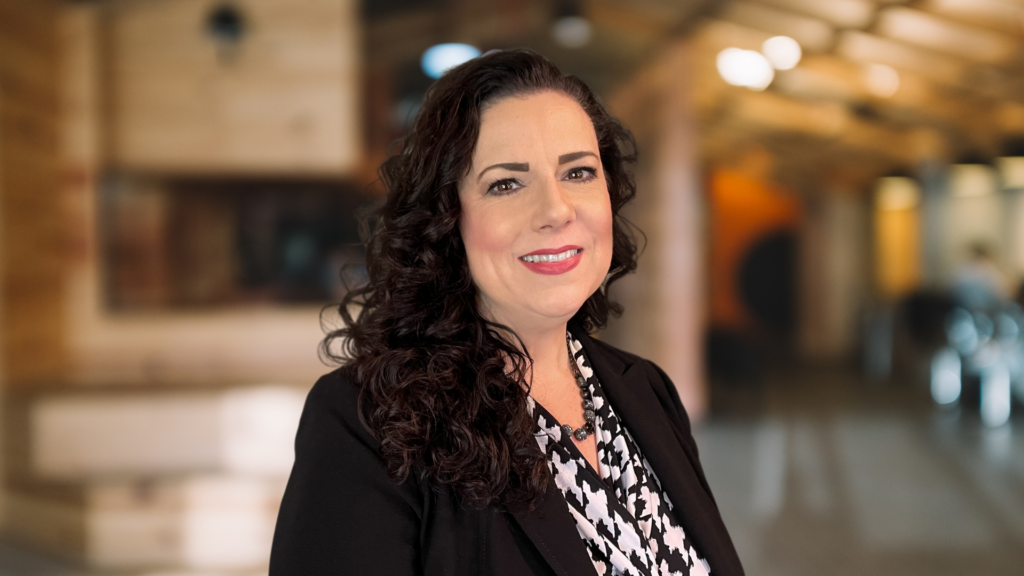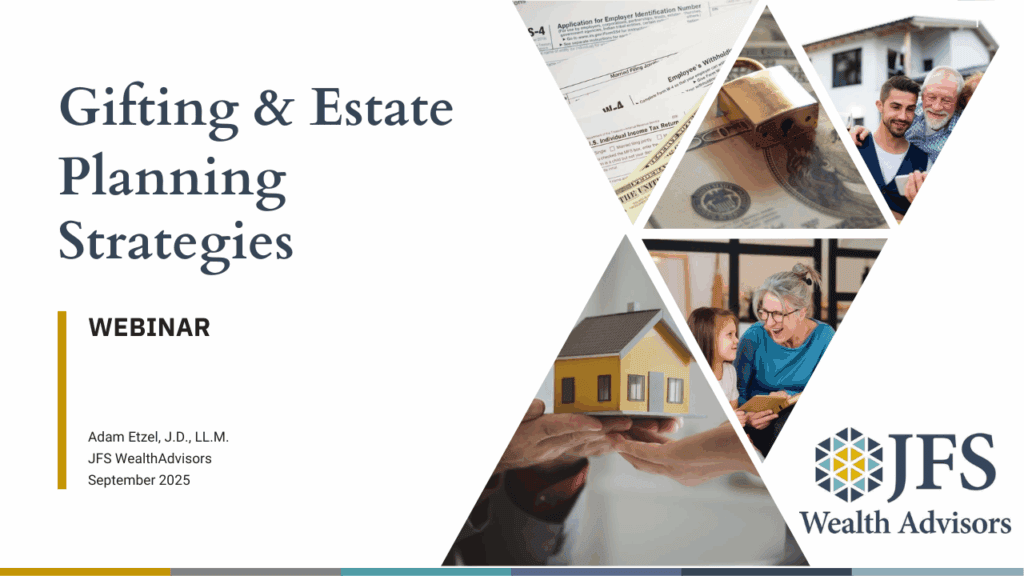Surveys of both employers and employees consistently tell us that one of the most effective tools employers have for recruiting and retaining the best employees is a company-sponsored retirement plan: 403(b)s for nonprofits and 401(k) plans with for-profit companies. Simply put, one of the best ways to attract and keep the talent you need to remain competitive is to offer a well-designed, company-sponsored retirement savings plan that makes it easy for your team members to build their financial security. After all, when people feel invested in their place of work, they also tend to be more productive, more team-focused, and even more loyal.
Since the passage of SECURE 2.0, it’s even easier and less expensive for small businesses to set up and administer a 401(k) plan. But it’s not enough to just have a plan; what makes a company-sponsored plan effective—for both the company and its employees—is strong participation in the plan by as many eligible employees as possible. And this brings up an important question: How can you encourage more eligible employees to enroll?
It’s a question that is being pondered by many business owners and plan sponsors. A recent study of 401(k) balances and overall retirement planning indicated that at the end of the second quarter of 2024, participants had higher balances, while contribution rates remained steady. Bank of America’s 2024 Participant Pulse report for the second quarter of 2024 showed that almost 87% of participants kept the same contribution rate in the second quarter, compared to just over 81% in the first. Overall, they had an average contribution rate of 6.5%, consistent with year-end 2023.
So, what can you do to boost participation in your company-sponsored plan and also encourage existing participants to maximize their contributions? There are several ways you can encourage broader participation, and all of them involve effective communication.
- Make sure eligibility rules are clear. Consistently, employees are unsure whether they’re even allowed to participate in a company plan. Review your plan documents, figure out how to effectively leverage the plan description or plan highlights provided by your plan administrator or record keeper and put them out there where everyone can see them. Ensuring that all eligible employees are offered the opportunity to participate in the plan is the fiduciary responsibility of the plan sponsor and plan administrator, often with assistance from the plan’s recordkeeper. Sponsoring companies may also tailor eligibility requirements to better align with the nature of the business, employee demographics, and other relevant factors. Give careful thought to the right balance for your plan in order to maximize eligibility in a way that makes the most sense for your particular situation.
- Publicize enrollment. According to a survey by Principal Financial Services, 49% of non-participating employees say they are interested in learning more about a company-sponsored plan if given the opportunity annually. An annual employee meeting dedicated to reintroducing the company’s retirement benefits can provide a perfect opportunity to market your plan to your employees.
- Leverage auto-enrollment and auto-escalation. Automatic enrollment of plan participants typically achieves or exceeds 85% participation, compared to voluntary enrollment, which often hovers between 40–60%. In fact, SECURE 2.0 mandates automatic enrollment at a minimum of 3% of the employee’s compensation for all plans established on or after December 29, 2022.
Additionally, these plans are also required to include an auto-escalation feature that increases contributions by 1% annually, up to a minimum ceiling of 10%. Implementing these features can be a game-changer in boosting participation and helping employees save more over time.
- Consider a matching program. Employers may opt to match employee contributions up to a certain level; doing so incentivizes employees to contribute up to at least the maximum for matching. According to the Plan Sponsor Council of America, some 98% of companies offering 401(k)s in 2023 offered some level of matching for employee contributions. If you already offer matching, make sure this is communicated throughout the company.
- Work with your plan advisor to educate participants. A good plan advisor knows that the more your employees know and understand about the plan and how it benefits them, the higher their participation levels. They can be a valuable partner in your communication and education efforts as you reach more of your people with the “good news” about saving more for retirement.
The fact is, workplace retirement plans are often the principal building block of employees’ retirement savings strategy. As an employer, your efforts to make your plan competitive, efficient, and widely utilized can tie directly to the overall satisfaction of your team members. After all, the more financially secure your employees feel, the higher their quality of work is likely to be.
Helping employees overcome the hurdles to retirement savings can increase their financial well-being and overall job satisfaction. In fact, the concept of “retirement readiness” for employees is coming to the fore as a vital metric of plan success. This concept takes into account whether or not an employee is participating in an employer sponsored plan, but it also considers whether they are saving enough (participating at an appropriate level), whether they are investing wisely for their situation, and other variables that could differ for each situation. The overall goal for assessing retirement readiness is to help the employee have enough saved at retirement to meet their retirement goals and needs.
At JFS Wealth Advisors, we are dedicated to helping business owners develop a well-designed company-sponsored retirement plan to help the enterprise maintain its competitive edge. To learn more about how we can help you design a plan that is right for your company, please visit our website.




















